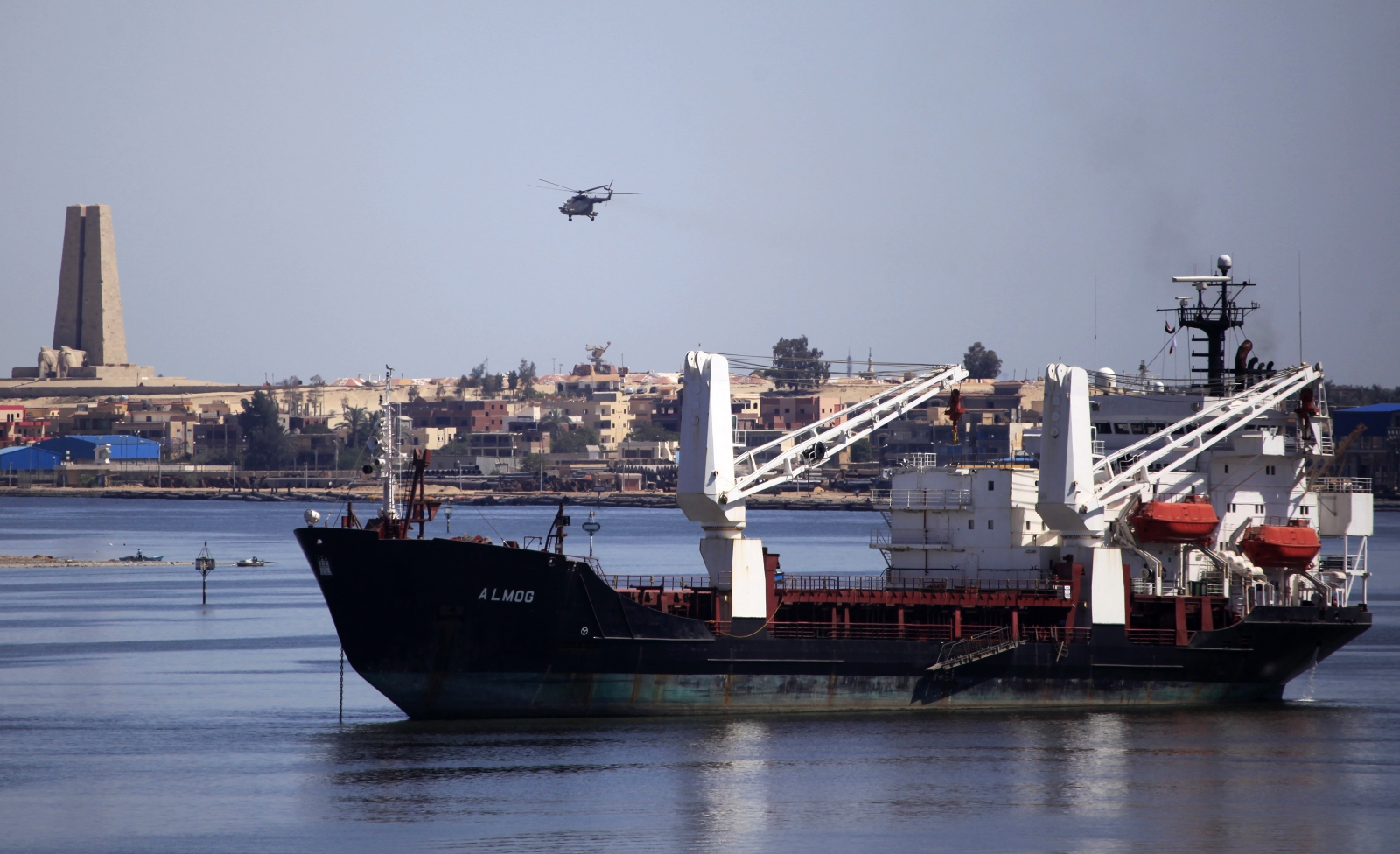Ranong private sector call for Kra Isthmus Canal project revival
RANONG, Aug 27 -- Private business interests in Thailand's southern province of Ranong is proposing a revived 'Thai Canal,' or Kra Isthmus Canal project to Prime Minister Gen Prayuth Chan-ocha for consideration.
Nit Ouitekkeng, advisor to the chair of the Ranong Chamber of Commerce, said that the chamber, the industrial council and the tourism association of Ranong will call for the revival of the project for the new government to consider.
Mr Nit said that many governments had considered the project but finally shelved it. He said it was a mega-project that would benefit the national economy.
He claimed the project was stalled due to the political problems.
Mr Nit said that the Kra Canal would be a shortcut between the Indian Ocean and the Pacific Ocean and Thailand would become an important location of transport between both oceans.
The project would lead to industrial and commercial development in southern Thailand, he said.
He referred to new deep-sea ports, electric railways, east-west highways, refineries, oil depots, and water and power supply facilities.
The Thai Canal, formerly known as Kra Canal or Kra Isthmus Canal, refers to a plan for a large canal that would cut through southern Thailand at Ranong province to enable improved transportation in the region.
mcot.net
RANONG, Aug 27 -- Private business interests in Thailand's southern province of Ranong is proposing a revived 'Thai Canal,' or Kra Isthmus Canal project to Prime Minister Gen Prayuth Chan-ocha for consideration.
Nit Ouitekkeng, advisor to the chair of the Ranong Chamber of Commerce, said that the chamber, the industrial council and the tourism association of Ranong will call for the revival of the project for the new government to consider.
Mr Nit said that many governments had considered the project but finally shelved it. He said it was a mega-project that would benefit the national economy.
He claimed the project was stalled due to the political problems.
Mr Nit said that the Kra Canal would be a shortcut between the Indian Ocean and the Pacific Ocean and Thailand would become an important location of transport between both oceans.
The project would lead to industrial and commercial development in southern Thailand, he said.
He referred to new deep-sea ports, electric railways, east-west highways, refineries, oil depots, and water and power supply facilities.
The Thai Canal, formerly known as Kra Canal or Kra Isthmus Canal, refers to a plan for a large canal that would cut through southern Thailand at Ranong province to enable improved transportation in the region.
mcot.net





Comment